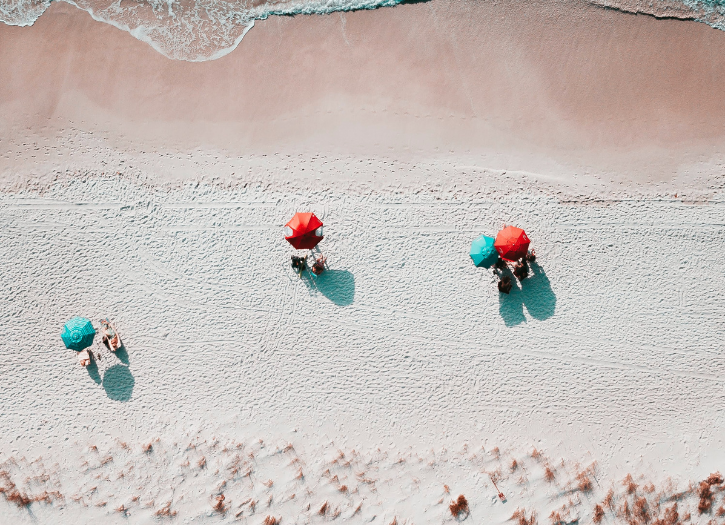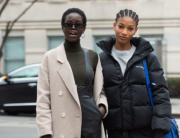Women’s beachwear fashion developed during the 19th and 20th centuries as rail travel became available in Europe and mass tourism became widespread.
The beach in particular became a holiday destination where people could relax. The inhabitants of large industrial cities took to vacationing in locations that provided a contrast to their home areas. The practice spread worldwide and wealthy women desired new stylish outdoor garments to wear. Thanks to the birth of beachwear fashion, business developed in relation to swimwear.
The principal occasion for using beachwear was the maritime holiday, where the most used material in the making of swimwear was the Lycra which was created in 1958. It had the ability to stretch up to 7 times its original size, and then it could return to the original size. In 1974, the Lycra enters the market of beachwear. This transformation allowed the replacement of swimwear from wet and misshapen clothes to lighter garments. Another occasion refers to the use of beachwear in sports. In 2008, swimwear provided inserts of plastic material with the aim of reducing friction with the water and improving sports performance.
An example is the “Speedo LZR Racer,” a suit with an ultra-light fabric. Fashion shows are another occasion of use where many brands choose to show their swimwear lines. In this case, the beachwear is created to attract attention. An example is the brand Victoria’s Secret, which devotes entire shows to its swimwear line. There are different companies and brands (online and offline) that produce beachwear in order to satisfy the market demand. Some examples are Arena (swimwear), Bikinicolors, Bikinilovers, Calzedonia, Golden Point, Just Cavalli Beachwear, La Perla, Lovable, Parah, Pin-Up Stars, Speedo, Triumph, and Yamamay.
Thanks to the development of science, society, and new technologies, there are innovations. The first concerns the birth of burkinis, created for Muslim women. This is similar to a diving suit made more feminine, so that these women can swim in comfortable clothes that respect their religious faith. Another innovation concerns ecological beach bags that are created using recycled sails. Even thongs present innovations: from Indonesia comes the Paperflop, the first thong made of recyclable and Eco-sustainable materials. Their bottom is made from recycled newspapers and other Eco-friendly materials, such as palm roots and husks of coconuts.
As for the bikini, the Canadian Franky Shaw has developed a hydrophobic material that repels water. Something different is the Sponge Suit, which is designed in California, and is a bikini made with a material that absorbs pollutants: people will use it up to twenty-five times, and then it can be recycled. Nowadays, it is important for companies or people with private businesses to sell their products on social platforms.
In the past, the means of communication were magazines or TV, but now users prefer to use social networks because it is faster and easier with the invention of smartphones and tablets.
Photo by Alex Perez on Unsplash







Add Comment